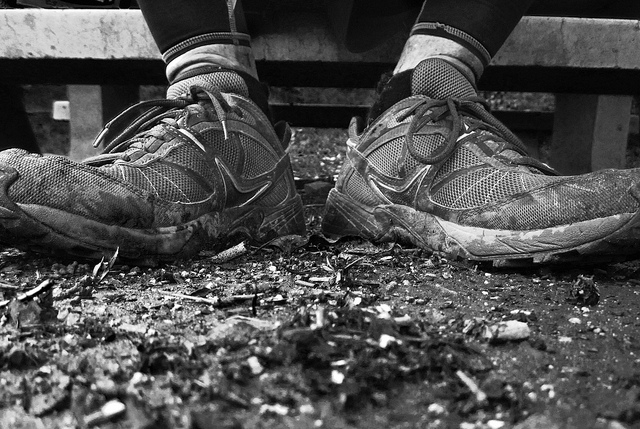DIY diagnosis: How an extreme athlete uncovered her genetic flaw
Ars Technica » Scientific Method 2014-08-19
Kim Goodsell was running along a mountain trail when her left ankle began turning inward, unbidden. A few weeks later she started having trouble lifting her feet properly near the end of her runs, and her toes would scuff the ground. Her back started to ache, and then her joints, too.
This was in 2002, and Kim, then 44 years old, was already an accomplished endurance athlete. She cycled, ran, climbed, and skied through the Rockies for hours every day; she was a veteran of Ironman triathlons. She’d always been the strong one in her family. When she was four, she would let her teenage uncles stand on her stomach as a party trick. In high school, she was an accomplished gymnast and an ardent cyclist. By college, she was running the equivalent of a half marathon on most days. It wasn’t that she was much of a competitor, exactly—passing someone in a race felt more deflating than energizing. Mostly Kim just wanted to be moving.
So when her limbs started glitching, she did what high-level athletes do, what she had always done: she pushed through. But in the summer of 2010, years of gradually worsening symptoms gave way to weeks of spectacular collapse. Kim was about to head to Lake Superior with her husband, CB. They planned to camp, kayak, and disappear from the world for as long as they could catch enough fish to eat. But in the days before their scheduled departure, she could not grip a pen or a fork, much less a paddle. Kim, a woman for whom extreme sports were everyday pursuits, could no longer cope with everyday pursuits. Instead of a lakeside tent, she found herself at the Mayo Clinic in Rochester, Minnesota.
Read 52 remaining paragraphs | Comments
